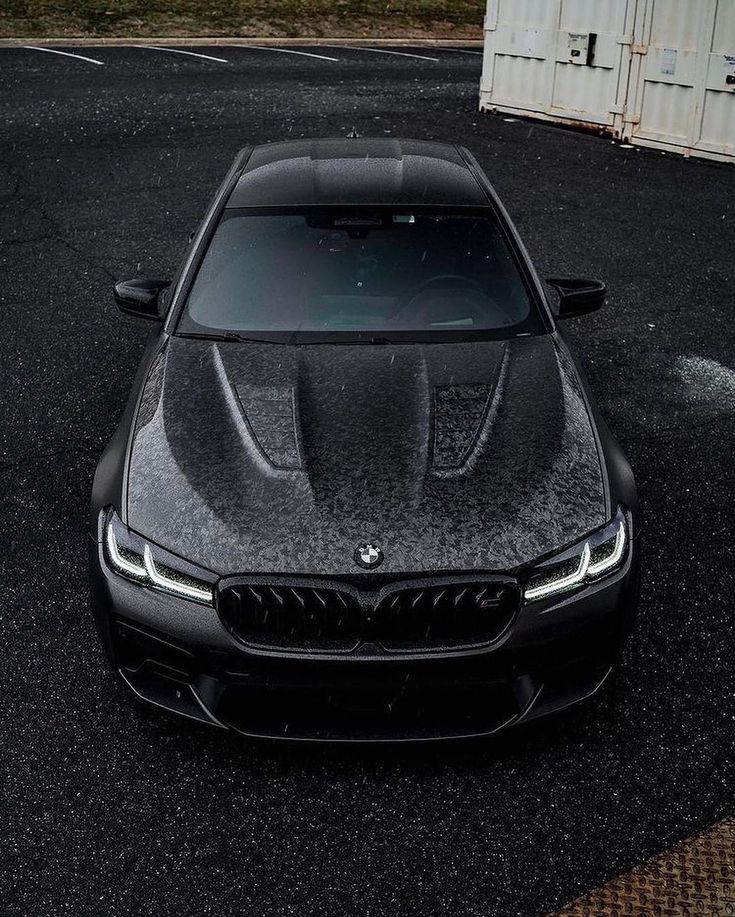Here’s the information about the BMW M5 F90…

THE BMW M5 F90
EVOLUTION OF BMW M5 F90
The first generation of the M5 in 1984, the German automaker started the power-horse war in the mid-size sedan segment of the European market. While in the U.S., it was not something unusual to see such vehicles fitted with large engines, in Europe, it was. The evolution continued with larger naturally-aspirated powerplants until the fourth generation of the M5, the E60, which featured a mighty 5.0-liter V10 under the hood. Afterward, BMW lowered the engines’ displacements for this nameplate but added turbochargers.
ENGINE
- The BMW M5 F90 comes with a4,.4-liter V8 helped by a pair of turbos.
- The engine is mounted with a massive air intake that is connected with the engine and the turbo that gives a car massive intake of air that cools down the engine at high speed.
- It accelerates from a standstill to 100km/h in 3.4 seconds and to 200km/h in 11.1 seconds
BEOFRE AND AFTER TUNING
- It’s engine motor can boost up to 6500 RPM and can produce 600 HP and 750 Nm torque.
- After tune it engine can boost up to 9000 RPM and hits the max power of 680 HP and produce 910 Nm torque.
- After tune it’s top speed is limited to 250km/h and the delimited top speed is 305 km/h with the optional M Driver’s Package.
EXTERIOR AND IT’S AERODAYNAMICS
In 2017, BMW introduced the seventh generation of the 5 Series and customers didn’t have to wait too long to see the most powerful version of it, the mighty M5. It was not that difficult for the automaker to create it since it already had the engine and the platform that was already shared with other vehicles from its lineup, including the Roll-Royce Ghost. The M5 featured a similar front fascia as its 5 Series sibling but with several improvements. Its narrow headlights were fitted with laser technology and featured a similar signature with a hexagonal shape inside the headlamps. But the front bumper was the one that caught the eyes of the bystanders with its wide lower grille and massive, functional side scoops. From its profile, the fluid lines of the bodywork were visually amplified by the side sills and the enlarged rear fenders. At the back, the automaker installed a diffuser flanked by four exhausts. A particular improvement over its non-M sibling was the roof, which was made from carbon fiber-reinforced plastic which reduced weight on the upper side of the vehicle.
INTERIOR
Inside, the car offered almost everything a customer could wish from such a sports sedan. Its Merino leather upholstery, color head-up display, and wide infotainment touchscreen atop the center stack were standard. In addition, the digital instrument cluster provided all the data required by someone who knew how to properly put the M5 to its pace. Moreover, the high-bolstered bucket seats ensured its occupants that they would stay in place regardless of how fast a corner was taken. In the back, the split-folding bench seat was profiled for two, but the automaker installed three seat belts, just in case someone would want to sit above the transmission tunnel.
SPECS
The F90 got a revised version of the 4.4-liter twin-turbo V8 carried over from its predecessor. Just like that model, it was paired with an eight-speed automatic transmission that sent the power to all corners. In addition, customers could select various driving modes, including one that sent all the torque exclusively to the rear wheels. The limited-slip differential at the back was also standard, but the carbon ceramic was not.


